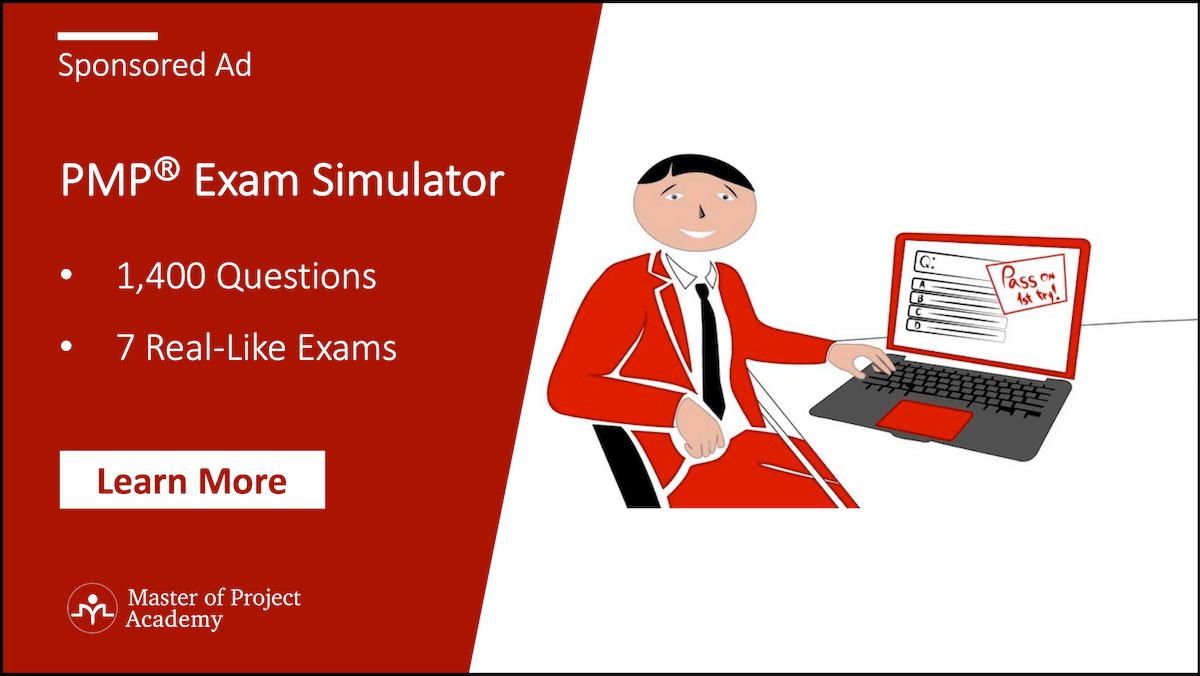
- RMC PM FASTRACK EXAM SIMULATION SOFTWARE HOW TO
- RMC PM FASTRACK EXAM SIMULATION SOFTWARE FULL
- RMC PM FASTRACK EXAM SIMULATION SOFTWARE SOFTWARE
- RMC PM FASTRACK EXAM SIMULATION SOFTWARE PROFESSIONAL
RMC PM FASTRACK EXAM SIMULATION SOFTWARE SOFTWARE
PM FASTrack is an exam simulation software program containing more than 1,400 questions and six testing modes, allowing you to create an unlimited number of different exams.

PM Fastrack Exam Simulation Software for the PMP Exam: Version 6.Practice Questions Collection & Exam Simulator Organizing Projects for Success (Human Aspects of Project Management) by Vijay Verma.Project Management: A Systems Approach to Planning, Scheduling, and Controlling by Harold Kerzner.
RMC PM FASTRACK EXAM SIMULATION SOFTWARE PROFESSIONAL
RMC PM FASTRACK EXAM SIMULATION SOFTWARE FULL
As per Amazon - " Drawing on the latest research in neurobiology, cognitive science, and learning theory, Head First PMP offers you a multi-sensory experience that helps the material stick, not a text-heavy approach that puts you to sleep." It also provides a full length sample exam.
RMC PM FASTRACK EXAM SIMULATION SOFTWARE HOW TO

As mentioned earlier, 20 percent is vital. Pareto principle (80/20 rule) tells you to focus on the 20 percent that matters. Project managers know that 20 percent of the work consume 80 percent of your time & resources. Juran, the quality management guru, identified that 20 percent of the defects cause 80 percent of the problems. The 80/20 rule means that in anything few (20 percent) are vital and many (80 percent) are trivial. Pareto's Principle or Pareto's Law as it is sometimes called, can be a very effective tool to help you manage effectively.Īfter Pareto's observation, many other scholars also observed the same phenomenon in their respective areas of expertise. Juran inaccurately attributed the 80/20 Rule to Pareto, calling it Pareto's Principle. In 1906, Italian economist Vilfredo Pareto created a mathematical formula to describe the unequal distribution of wealth in his country, observing that twenty percent of the people owned eighty percent of the wealth.


 0 kommentar(er)
0 kommentar(er)
